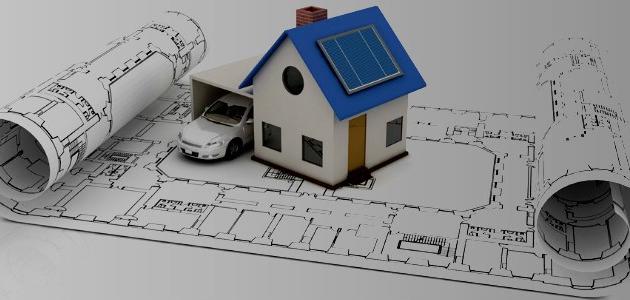- Poor space planning
If you have a limited space, then you should be careful while dividing this space and prioritizing, and it is best to do careful planning before construction that includes furniture so that you determine the amount of furniture you need in the bedroom, for example, and determine the area of this room based on the quantity and sizes of the contents needed in the room .
This mistake initially comes before the construction process, so you should follow several tips when planning the house to avoid such mistakes that are expected to continue with you always if they are not taken into account from the beginning.
- Poor general planning
One of the best tips before building a new house is to make the necessary considerations in planning, meaning that you have to determine the purpose of building the house and whether it is temporary or permanent housing, all of which will help you acquire your priorities.
- The presence of unused rooms or places
There must be a purpose for every part of your home, whether it is rooms, corners, or columns. Do not leave an empty place without a goal or purpose, even if you add a room to the house for any emergency in the future. So you have to use it for storage and make sure that it can be achieved for several different goals and not a goal. One.
- Randomly choose the location of the bedroom
This room should have some privacy so that it is not in the middle of the house or at the end of the house overlooking the street outside, keep it in a secluded place away from the main living areas and the movement of family members.
- Not paying attention to lighting
One of the very common mistakes is not establishing good lighting networks and not distributing them correctly, so avoid this mistake and take care of this matter when installing electricity in the apartment, as well as taking care of the windows and making sure that they are in the correct positions that allow them to pass sunlight to the house.




